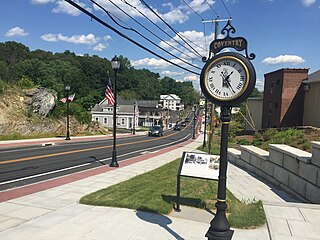
Coventry is a town in Tolland County and in the Capitol Planning Region, Connecticut. The population was 12,235 at the 2020 census. The birthplace of Captain Nathan Hale, Coventry is home to the Nathan Hale Homestead, which is now a museum open to the public. Coventry was incorporated in May 1712.
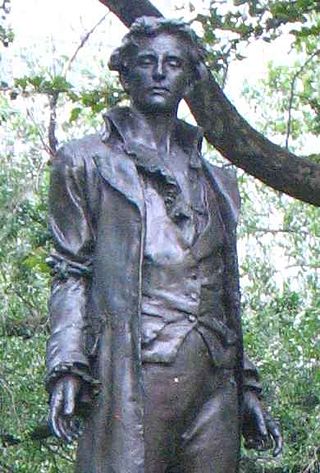
Nathan Hale was an American Patriot, soldier and spy for the Continental Army during the American Revolutionary War. He volunteered for an intelligence-gathering mission in New York City but was captured by the British and executed. Hale is considered an American hero and in 1985 was officially designated the state hero of Connecticut.

The Wadsworth Atheneum is an art museum in Hartford, Connecticut. The Wadsworth is noted for its collections of European Baroque art, ancient Egyptian and Classical bronzes, French and American Impressionist paintings, Hudson River School landscapes, modernist masterpieces and contemporary works, as well as collections of early American furniture and decorative arts.

The Emily Dickinson Museum is a historic house museum consisting of two houses: the Dickinson Homestead and the Evergreens. The Dickinson Homestead was the birthplace and home from 1855 to 1886 of 19th-century American poet Emily Dickinson (1830–1886), whose poems were discovered in her bedroom there after her death. The house next door, called the Evergreens, was built by the poet's father, Edward Dickinson, in 1856 as a wedding present for her brother Austin. Located in Amherst, Massachusetts, the houses are preserved as a single museum and are open to the public on guided tours.
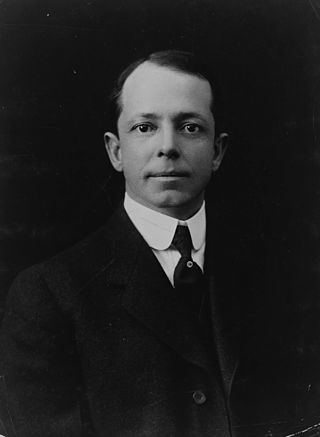
Henry Solon Graves was a forest administrator in the United States. He co-founded the Yale Forest School in 1900, the oldest continuous forestry school in the United States. He was appointed Chief of the United States Forest Service in 1910 and served in this position until 1920.
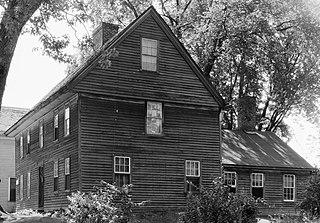
The Buttolph–Williams House is a historic house museum at 249 Broad Street in Wethersfield, Connecticut. Built in 1711, it is one of the oldest surviving houses in the town. It is owned by Connecticut Landmarks, a historic preservation organization, and is open for regular tours between May and October. it was designated a National Historic Landmark in 1968 for its significance as an extremely well-preserved example of early colonial architecture.

The Stanley-Whitman House is a historic house museum at 37 High Street in Farmington, Connecticut. Built ca 1720, it is one of the oldest houses in Farmington. A well-preserved saltbox with post-medieval construction features, it was designated a National Historic Landmark in 1960 and National Register of Historic Places when the registry opened in 1966.

The Bellamy-Ferriday House and Garden is a historic house museum at 9 Main Street North in Bethlehem, Connecticut. The main house was built between about 1754 and 1767 by the Rev. Joseph Bellamy, a prominent Congregationalist minister who played an influential role in the First Great Awakening. The property, the National Register of Historic Places in 1982. The house and surrounding gardens are owned and operated by Connecticut Landmarks; admission is charged. Another 81 acres of forest and fields adjacent to the museum property are maintained as Bellamy Preserve, the town of Bethlehem's "Central Park," by the Bethlehem Land Trust.

The Butler-McCook Homestead is a historic house museum at 396 Main Street in Hartford, Connecticut. Built in 1782, it is one of the city's few surviving 18th-century houses. It was listed on the National Register of Historic Places in 1971. It is now operated as the Butler-McCook House & Garden by Connecticut Landmarks.
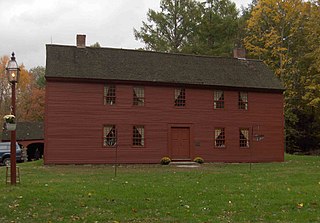
The Strong House, now the Strong-Porter Museum, is a historic house museum at 2382 South Street in Coventry, Connecticut. It is a 2+1⁄2-story wood-frame structure, five bays wide, with a center entry and two interior chimneys. The oldest portion of the house is estimated to date to 1710, early in the period of Coventry's settlement, and retains a significant number of period features. The house was listed on the National Register of Historic Places in 1988. It is now owned and operated by the Coventry Historical Society as a museum. In addition to exhibits in the house about local history, visitors can tour the carpenter shop, 19th century privy, carriage sheds and barn.

Brigham's Tavern is a historic house and traveller's accommodation at 12 Boston Turnpike in Coventry, Connecticut. With a construction history dating to the early 18th century, it is one of the town's oldest buildings, and is historically associated with George Washington, who stopped here for a meal in 1789. Now a private residence, it was listed on the National Register of Historic Places in 1982.

The Elias Sprague House is a historic house at 2187 South Street in Coventry, Connecticut. Built in 1821, it is a well-preserved example of a vernacular early 19th-century Connecticut home. Now privately owned, the house for a time housed the local historical society. The house was listed on the National Register of Historic Places in 1987.

The Captain Nathan Hale Monument is a 45-foot (14 m) obelisk in Coventry, Connecticut, built in 1846 in honor of Nathan Hale, the Revolutionary War hero, who was born in Coventry. It was one of the first war memorials to be built in the United States, and is a significant work of both architect Henry Austin and builder Solomon Willard. Now owned and maintained by the state, it was listed on the National Register of Historic Places in 2002.

Captain Nathan Hale is a bronze statue of Nathan Hale (1755-1776), a schoolteacher from Connecticut, who enlisted in the Continental Army during the American Revolutionary War. He was stationed in Boston, but was later transferred to the New York City area. While in New York, Hale acted as a spy against the Kingdom of Great Britain's army. He posed as a teacher and was able to cross enemy lines to obtain military information. He left the area and before he could return home, his cousin, a Loyalist, informed the British about what Hale had done. He was captured and sentenced to death, with the hanging occurring the following day. While Hale was on the gallows, he gave a speech which ended with his famous quote: "I only regret that I have but one life to lose for my country."
George Dudley Seymour State Park is a public recreation area occupying 222 acres (90 ha) on the east bank of the Connecticut River in the town of Haddam, Connecticut. Hurd State Park abuts the park to the north. The park bears the name of George Dudley Seymour (1859-1945), whose philanthropic efforts enabled the state to purchase land for this and several other Connecticut state parks. It is managed by the Connecticut Department of Energy and Environmental Protection.
Nathan Hale State Forest is a Connecticut state forest encompassing 1,455 acres (589 ha) in the towns of Coventry and Andover. The forest is managed to sustain a reliable source of forest products and renewable habitat for wildlife. The forest originated in 1946 through the bequest of George Dudley Seymour, which allowed the state to purchase 850 acres in the surrounds of the historic Nathan Hale Homestead. In addition to cultivated plantations, the forest includes a 200-acre natural area that is kept without management activity. A 57-acre (23 ha) parcel, Creaser Park, is leased to the Town of Coventry for recreational use. The park offers hiking trails, fishing, and a dog-friendly area. Recreational usage in the rest of the forest includes hiking, hunting and letterboxing.
Connecticut Landmarks is a non-profit organization that has restored and operates significant historic house museums in Connecticut. Headquartered in Hartford, Connecticut, the organization was founded in 1936 as the Antiquarian & Landmarks Society. The organization is part of the International Coalition of Sites of Conscience.
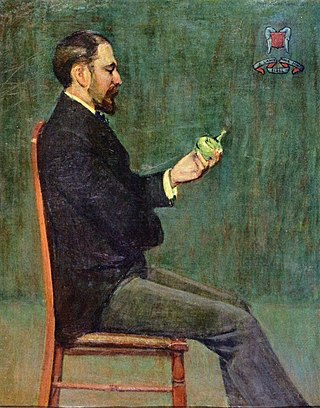
George Dudley Seymour was an American historian, patent attorney, antiquarian, author, and city planner. He was the noted authority and foremost expert on Nathan Hale, the American Revolutionary War hero.
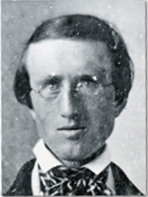
John Hooker (1816-1901) was an American lawyer, judge, and abolitionist as well as a reformer for women's rights. He married Isabella Beecher Hooker in 1841 and lived in Farmington and Hartford, Connecticut.
Hale House is the name of several buildings.



















